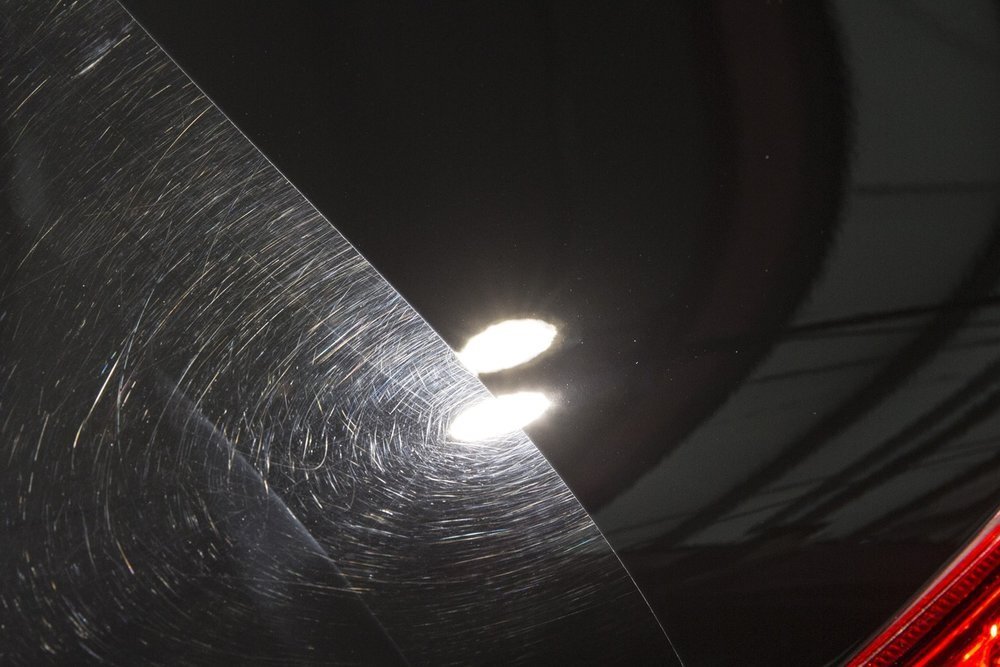Why Car Paint Scratches Easily and How Detailing Can Help
Causes of scratches and swirl marks
Car paint is typically made of multiple layers, including a primer, base coat, and clear coat. While these layers provide protection to the underlying metal or plastic surface, they can still be susceptible to scratches due to how soft and thin the clear coat is. Here are some ways your vehicle can gain scratches/swirl marks:
Road Debris: Small rocks, gravel, sand, and other debris on the road can be kicked up by passing vehicles or wind, causing them to impact the car's paint and result in scratches.
Washing and Drying: Using improper washing techniques, such as using a dirty sponge or towel, or using abrasive materials, can cause micro-scratches or swirl marks on the paint. Similarly, drying the car with a rough cloth or allowing water to air-dry on the paint can also cause water spots or stains that may require polishing to remove.
Environmental Factors: Exposure to harsh environmental factors such as UV rays, acid rain, bird droppings, tree sap, and other contaminants can gradually degrade the paint's protective layers, making it more susceptible to scratches.
Everyday Use: Regular use of the car, such as opening doors, loading and unloading cargo, or accidentally brushing against the car with objects, can also result in scratches over time.
How Detailing Can Prevent Scratches
Detailing, which involves thorough cleaning, polishing, and protection of a car's exterior, can help prevent scratches and keep your car's paint looking its best. Here's how:
Proper Washing Techniques: Detailing professionals use proper washing techniques, such as using a two-bucket method, microfiber mitts or towels, and pH-neutral car wash soap to minimize the risk of scratching the paint. They also avoid using abrasive materials or aggressive scrubbing that can cause scratches.
Paint Decontamination: Detailers use specialized products and techniques to remove contaminants such as tar, tree sap, and industrial fallout that can degrade the paint's protective layers and cause scratches over time.
Paint Correction: Detailers can perform paint correction, which involves using machine polishing techniques to remove minor scratches, swirl marks, and other imperfections from the paint's surface. This process helps restore the paint's clarity and gloss, minimizing the appearance of scratches.
Paint Protection: Detailers can apply various protective coatings, such as wax, sealant, or ceramic coatings, to create a barrier between the paint and external contaminants. These protective coatings can help reduce the risk of scratches and make the paint easier to clean and maintain.
An effective solution for removing light scratches
Buffing is a common technique used in detailing to remove scratches from a car's paint. It involves using a machine polisher, along with abrasive compounds and polishing pads, to mechanically remove a thin layer of paint from the surface, effectively eliminating scratches and imperfections.
Learn more about buffing and paint correction in our Paint Correction blog.

